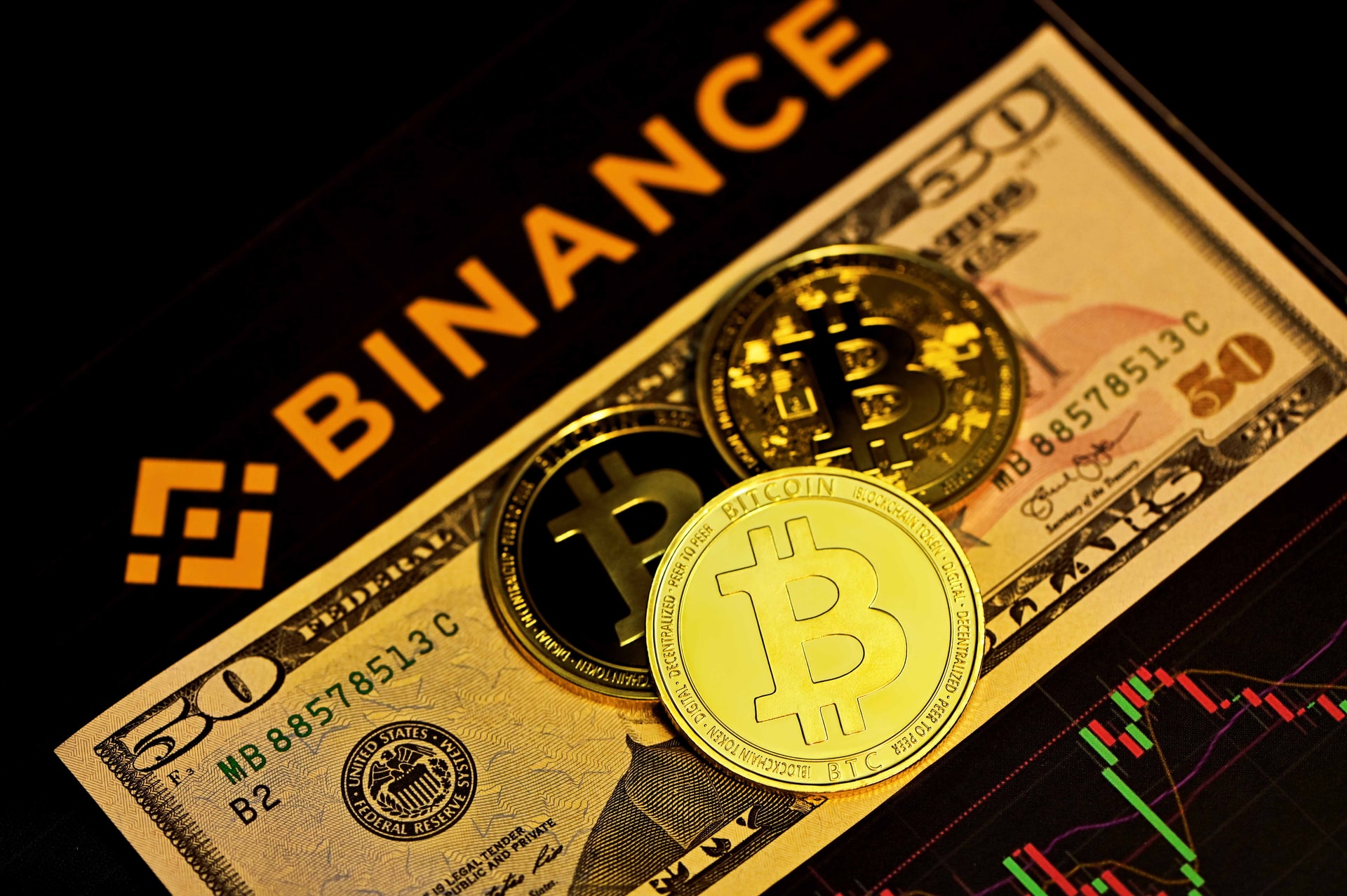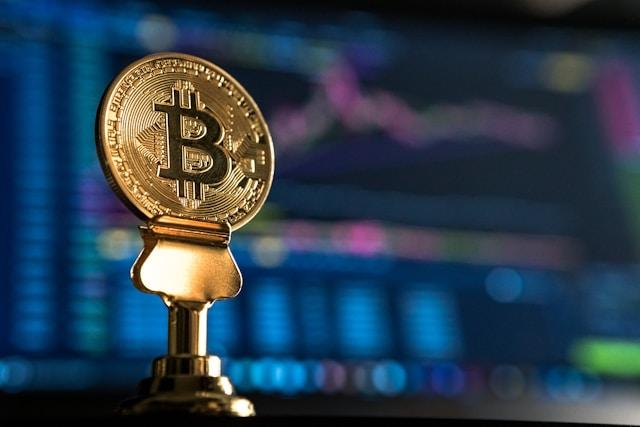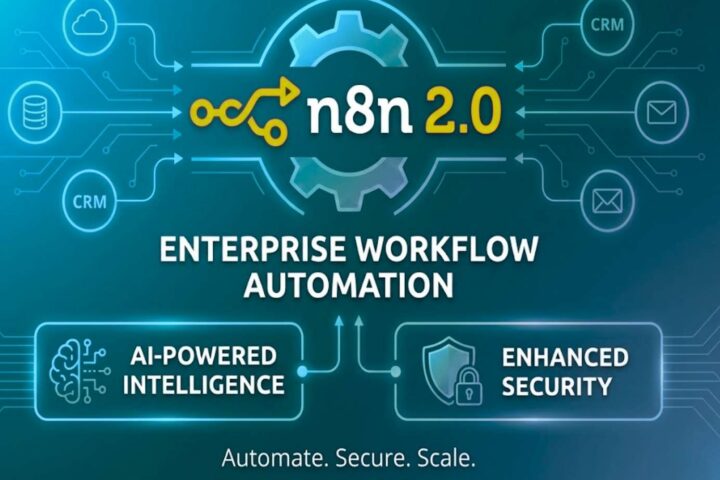A stablecoin is a form of cryptocurrency that fixes its price based on another asset. An example would be a cryptocurrency that fixes its value to the US Dollar on a one-to-one ratio. This implies that a stablecoin system works in the same manner in foreign exchange markets using a fixed exchange rate regime.
There are different forms when it comes to fixed exchange regimes. For instance, the gold standard varies when setting exchange rates compared to what other nations utilize today. Moreover, there are other methods when it comes to how stablecoins can function.
The pegged price is the price the stablecoin targets to obtain. However, traders can use any price they desire when trading, which is called the market price. Demand and supply dictate the market price. There are instances when the market price is not the same as the pegged price. Thus, there must be a scheme that makes sure that the two, the market price and the pegged price, are close to each other.
Stablecoins depend on the asset to which the stablecoin is fixed for its price. The US is the most common peg. Stablecoins such as USD Coin (USDC), Tether, (USDT), TrueUSD (TUSD), Binance USD (BUSD), Paxos (PAX), Dai (DAI), Synthetic (SNX), and Ampleforth (AMPL) are some of these coins pegged to the USD on a 1 is to 1 ratio. Take note of these differences in how they work and in their structure.
While the majority of stablecoins peg to the USD, there are also other options. For instance, Terra (LUNA) initiates to be a ‘family of cryptocurrencies’ by having each member fixed to a primary currency such as the CNY, EUR, or USD. A cryptocurrency does not always get pegged to a currency. An example would be Digix (DGX) which is pegged to gold. One DGX is equivalent to one gram of gold.
A reserve or collateral is the asset that reinforces the price of the stablecoin. Generally, the reserve asset and the asset that the stablecoin is pegged to are the same. On the contrary, there are some reserve assets that are not the same as the asset to which the stablecoin is pegged. It has been observed that some companies try to issue stablecoins without collateral.
The significance of reserves cannot be underestimated as these give value backing the stablecoin. Whenever an agent deposits a specific amount of resources (an example would be USD) with a stablecoin treasure, they are privileged to the stablecoin with the pegged value. In the same manner, agents can also back out from the stablecoin and regain the reserve asset. It is crucial to note that the stablecoin has enough reserves at the pegged price to show its credibility. For further information on how stablecoins work concerning crypto trading, you can start your journey on the Bitcoin Superstar platform.
There are three categories that stablecoins can be classified into based on the nature of the reserve asset. These are the following:
#1. Fiat-backed stablecoins.
These stablecoins utilize a national currency as their reserve asset. USD reserves back USDT by third parties. The chief unit (Tether Limited) serves as the custodian that ensures the minting (or destroying) USDT during the deposit or redemption of USD with the Tether treasury. It can be observed that fiat-backed stablecoins are under a centralized body. This situation has cropped up questions regarding Tether’s auditing process and transparency. This has been resolved by TrueUSD (TUSD) through a concurrent auditing process. USDC and BUSD are other examples of fiat-backed stablecoins.
#2. Crypto-backed stablecoins.
Cryptocurrencies serve as the reserve asset for these stablecoins. One of the benefits of these kinds of stablecoins is the use of on-chain reserves, which means no required third parties to hold the reserve asset. The DAI is an example of a crypto-backed stablecoin pegged with the USD on a one to one ratio. BTC, ETH, and others back it. The drawback with this type is the volatility of the cryptocurrencies, which need an excess reserve or ‘over-collateralisation’ to stabilise the system.
#3. Non-collateralised stablecoins.
Reserves do not back these up. On the other hand, non-collateralized stablecoins keep the stability of the market through algorithms. This demonstrates the decentralization of stablecoins that do not require enough reserves to back them up. The drawback with this is if investors no longer trust the algorithms that maintain the price. The Empty Set Dollar (ESD) and the AMPL are examples of non-collateralized stablecoins.
Final Thoughts
Since the onset of cryptocurrency, the market has seen significant development in the global financial arena. Stablecoins are called such because of their relative dependence on a specific asset.
If you are interested in how stablecoins work and how you can diversify your portfolio, check the Bitcoin Superstar website we noted above. Take note that this article only serves to inform and is not legally bound to whatever decision you make. So make sure that you read more to get an informed decision.
















